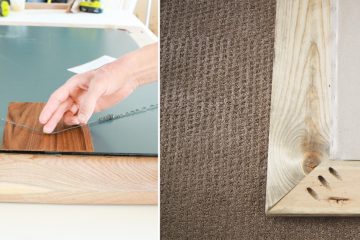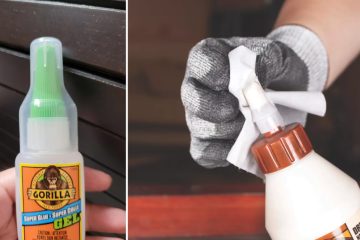Wood glue is a common predicament for homeowners and DIY enthusiasts alike—particularly when it finds its way onto the ornate surface of a hardwood floor. Knowing how to effectively remove this sticky substance can save you from a financial headache and keep your floors in pristine condition. In this comprehensive guide, we will walk you through the process of how to remove wood glue from hardwood floor, explaining why it’s important, what tools you’ll need, and how to ensure your floors come out looking as good as new.
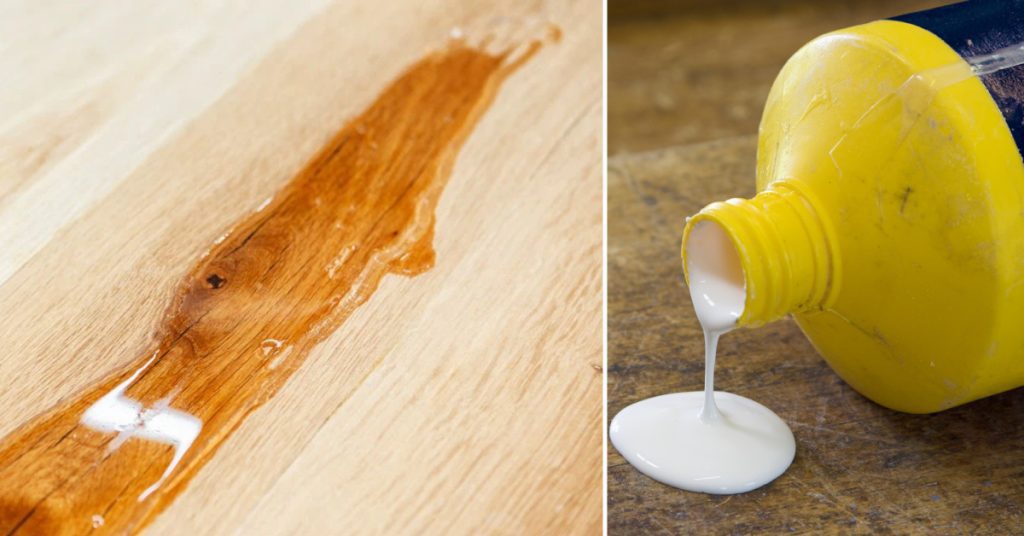
Key Takeaways:
- Removing dried wood glue prevents damage and maintains floor beauty
- Use glue removers, scrapers, and rags; prepare the workspace
- Apply remover, let soak, scrape off glue; repeat as needed
- Deal with residue using damp rags; use a toothbrush on grout lines
- Clean floors after, dispose of glue safely, and implement floor care tips
Why Removing Dried Wood Glue is Important
- Prevents damage to floors: Wood glue can cause discoloration and create uneven surfaces on the wood when left untreated.
- Maintains aesthetic appeal: Clean, glue-free floors maintain the beauty and integrity of your hardwood and can affect the overall look of your room.
5 Ultimate Steps for How to Remove Wood Glue From Hardwood Floor
Here are the steps you need to take to for how to remove wood glue from hardwood floor:
Step 1: Gathering the Right Tools and Materials
Before you roll up your sleeves, it’s crucial to have the following at your disposal:
- Glue removers: Look for products specifically designed to work on wooden floor finishes, available at hardware stores or online.
- Scrapers and putty knives: These will help to gently lift the glue from the floor without causing scratches.
- Rags and paper towels: Useful for wiping away wet glue and cleaning the floor after removal.
- Gloves and eye protection: Safety comes first; protect your skin and eyes from glue and removal chemicals.
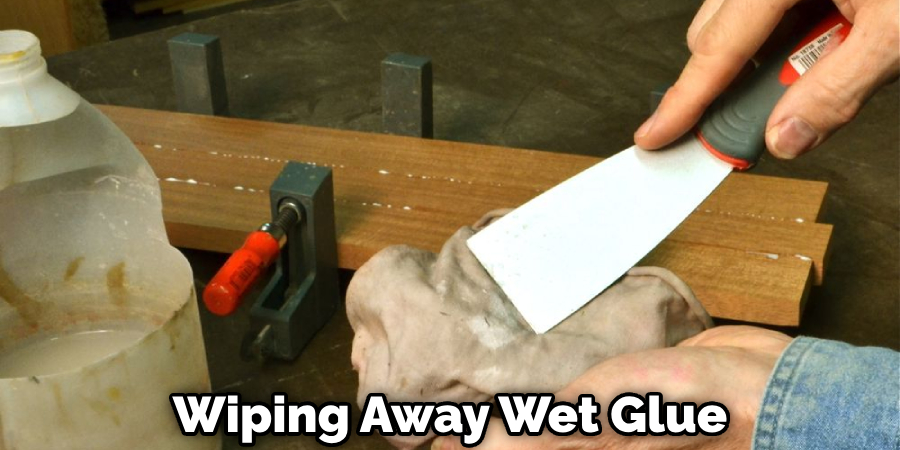
Step 2: Preparing the Work Area
A little prep work can prevent a lot of extra cleanup later on:
- Clearing space: Move furniture and rugs away from the area.
- Covering surfaces: Protect adjacent areas from potential spillage or damage.
- Ventilating the room: Keep the air moving to dissipate fumes from glue removers.
Step 3: Removing Glue from Floors
Follow these steps for an easier removal process:
- Applying remover: Carefully apply the glue remover according to the manufacturer’s instructions.
- Letting it soak in: Allow the remover to penetrate the glue; this will make it easier to scrape off.
- Scraping off glue: Use the scraper or putty knife to lift the softened glue from the hardwood.
- Repeating as needed: You may need to repeat the application for tough spots.
Step 4: Dealing with Stubborn Glue Residue
For those stubborn bits that refuse to budge, a finer touch is required. Using a damp cloth drenched in glue remover can soften these areas without excessive force.
Step 5: Getting Glue Out of Grout Lines
Use a toothbrush or a specialized grout-cleaning tool for those small areas. Be careful and patient not to damage the grout or wood.
You Can Check It Out to Glue Glass to Wood.
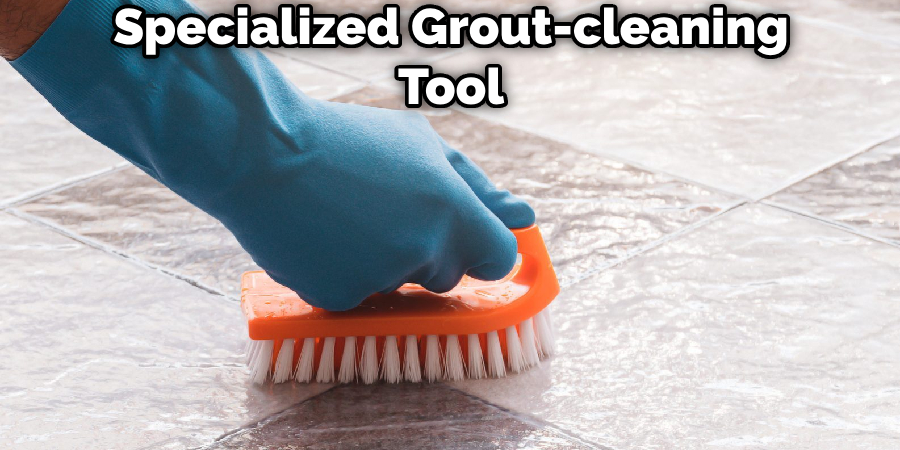
Cleaning and Caring for Floors Afterwards
Once the glue is removed:
- Washing away residue: Mop the floor with a gentle, wood floor-friendly cleanser.
- Disposing of glue safely: Make sure you throw away the glue and tools used correctly.
- Floor care tips: Regular maintenance can extend the life and beauty of your hardwood floors. Consider using mats and furniture pads to protect the surface.
You Can Check It Out to Remove Vinyl Glue From Concrete.
FAQs About How to Remove Wood Glue From Hardwood Floor
What is the Easiest Way to Remove Glued Down Wood Flooring?
The easiest way to remove glued-down wood flooring is to soften the adhesive using a heat gun or infrared paint remover, then carefully pry up the flooring using a floor scraper and putty knife. After removing the wood flooring, use an adhesive remover to dissolve any remaining adhesive and clean the subfloor thoroughly. Always prioritize safety and consider consulting a professional if needed.
Will Acetone Damage Hardwood Floors?
Yes, acetone can damage hardwood floors. It is a strong solvent that can dissolve finishes and sealants, leading to discoloration, dullness, or even deterioration of the wood. It’s important to avoid using acetone or other harsh solvents on hardwood floors and to instead use manufacturer-recommended cleaning products and methods to preserve the floor’s finish and appearance.
Conclusion
Removing wood glue from hardwood floors is no one’s idea of a good time, but with the right approach and tools, it’s manageable. Always prioritize safety, be patient, and don’t rush the process. Your floors will thank you for the extra care and attention, maintaining their integrity and appearance for years to come.
Remember to read all product labels carefully, test small areas before applying solutions widely, and always work in a well-ventilated space. Armed with this knowledge, you’re ready to tackle even the most challenging glue mishaps on your beautiful wooden floors.
Through this exploration of how to remove wood glue from hardwood floor process, we’ve shared everything from the necessity of wearing gloves to tips for how to remove adhesive from your wood floor. With a damp cloth in hand and the determination to maintain pristine hardwood floors, there’s no super glue mishap you can’t handle. Happy cleaning!
